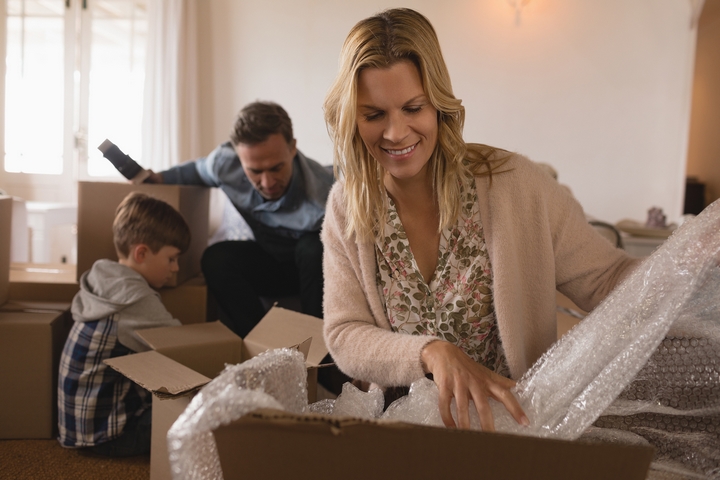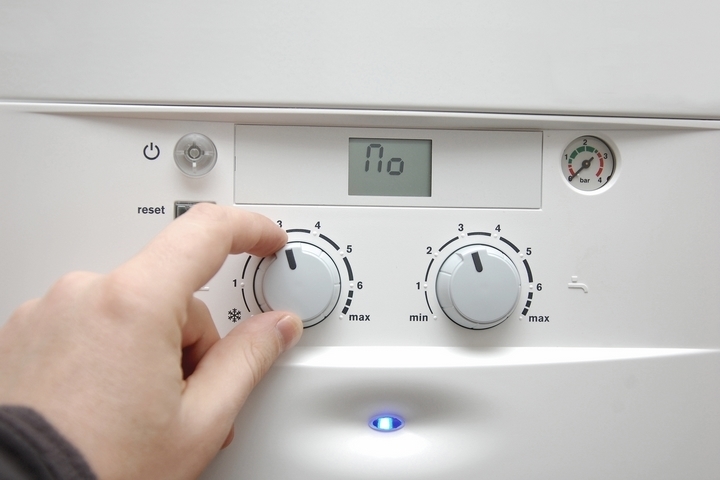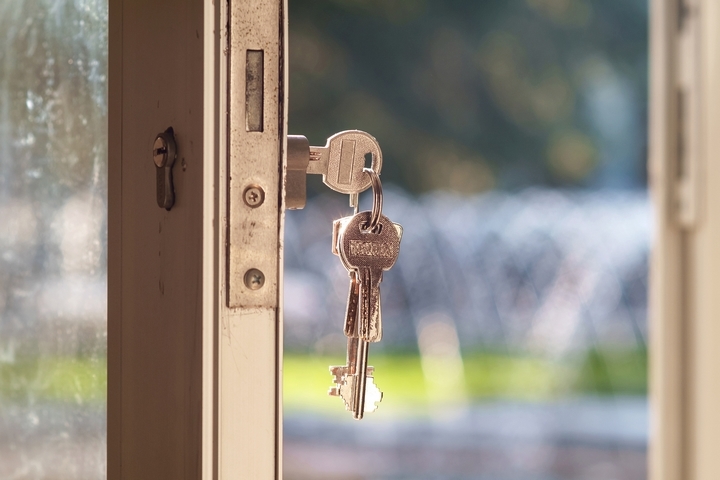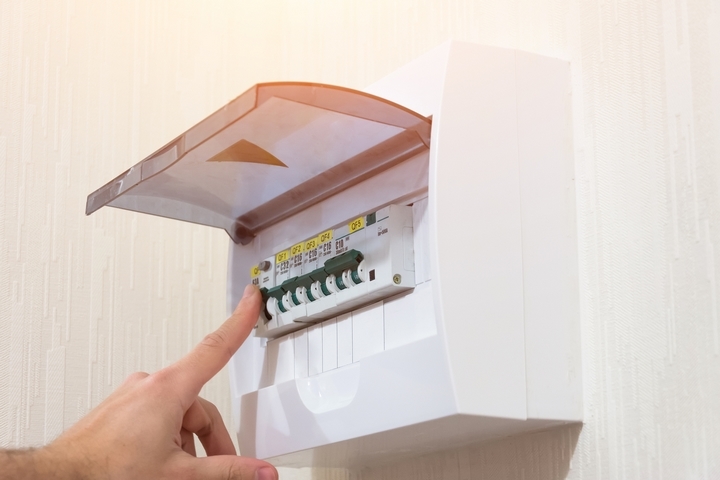
Moving into a new home is an exciting time in anyone’s life. You are leaving behind an old location and venturing into a new stage of your life. Whether you are moving to be closer to your family or relocating as part of a new job, your next adventure eagerly awaits you.
As you prepare for moving into a new home, there are many activities that you must perform during the transition. These are the important tasks that you should do before, during, and after the move. From hiring a moving company to packing your essential items, it can be difficult to keep track of your busy schedule. This is where a checklist will come in handy when moving into a new home.
At the eve of a momentous move, a moving checklist will help you to stay coordinated, organized, and focused. Every time you have doubts, you can refer to this checklist to monitor the progress of your move. While this checklist will contain many tasks, there are several essential duties that you must remember to do before the move.
Here are the seven important tasks to include in your checklist for moving into a new home:
Task #1: Pack the moving boxes carefully

Packing is one of the most important tasks in any checklist for moving into a new home. You need to take care of the always messy, often frustrating, and rarely enjoyable task of packing. During the moving and packing process, you must decide which possessions to keep, which items you plan to donate, and which of the remaining objects to dispose.
Once you have categorized the items accordingly, you need to pack each box with the utmost care. To pack the boxes carefully, you must be sensible about maximizing the protection and minimizing the potential damage of your items. In general, you should adhere to these following best practices when packing boxes:
• Place the heavier items at the bottom of the box. This way, their weight won’t crush or damage the other lighter items that you put in the same box.
• Don’t pack too many items into one moving box. Heavy boxes will be more difficult to transport, which can also increase the risk of injuries or accidents during the move.
• Dishes, glasses, and other breakable items should be packed in separate boxes. Packing too many fragile items together will just increase the difficulty of handling these delicate boxes.
Task #2: Use the best packaging supplies

Have you purchased enough packaging supplies for the move? If not, make sure this task is included on top of your checklist for moving into a new home. When purchasing packaging supplies, you need to make sure the materials are dependable and durable. Even though low-quality packaging supplies may be more affordable, they won’t protect and transport your possessions with adequate security.
Your high-quality packaging supplies should include heavy-duty boxes, strong moving tapes, and thick packing materials to keep the boxes properly padded. The premium quality in your supplies will make a noticeable difference in protecting your glasses, plates, and sculptures from harm’s way. When you reach your new home with everything intact, you won’t regret the little bit of extra expenses.
Task #3: Inspect the moving boxes

Upon arriving at the new home, you should examine your moving boxes as soon as possible. Do you detect any visible damages? Are there any physical dents, shreds or scratches? If so, being early to report your discoveries will help you to seek accountability with the insurance claims.
Many homeowners make the mistake of delaying this inspection process. If you leave the boxes packed up for days or even weeks, it may be too late by the time you discover a damaged item. You could lose credibility with your insurance provider due to the prolonged delay.
Task #4: Unpack the home essentials first

After arriving at a new home, some homeowners tend to unpack their personal belongings in a slow and methodical manner. While there is nothing wrong with taking your time, it makes sense to unpack your most important possessions first. Certain items should be prioritized in terms of unpacking, whereas the nonessential items can be organized later at a leisurely pace.
Some of the home essentials include clothing, bedding, electronics, along with dishes and utensils to help you prepare your first meal in the new house. To help you identify these items easily, you should label each moving box with a descriptive list of the contents. Once these essential items are unpacked, you will be able to settle into your new home quickly and quite comfortably.
Task #5: Transfer the utilities to your new home

Taking care of the utilities at your new home is an essential task in the moving checklist. This should be done before moving into a new home. Even if the previous owners used the same service providers as you did, you’ll still need to call and transfer the utilities over to your own separate plan.
Contacting the utility providers is somewhat of a mundane chore, but you don’t want to procrastinate and leave this task until the last minute. If you don’t transfer the utilities in time, you may arrive at your new home only to find the lights dark, the faucets turned off, and the temperatures freezing cold.
Task #6: Change all the locks in your new home

The fear of having your new home burglarized may or may not have crossed your mind. Either way, you should get the locks changed as soon as possible. Since you don’t know who has access to the old locks, your house won’t feel fully secured until all the lock systems are changed. Even if you live in a safe neighbourhood with virtually no reported crime, it’s so much better to be safe than sorry.
Task #7: Locate the circuit breakers in your new home

As you are putting together a checklist for moving into a new home, the circuit breaker is often a forgotten part of the moving process. This small and mighty device is crucial for managing the power in your new house, but you need to know where it is located. A real estate agent should be able to tell you the location of the circuit breaker, but you may also need to do research and ask for its whereabouts beforehand.
Knowing the circuit breaker’s location is important because power outages could happen at the most inopportune times. You don’t want to be searching for a circuit breaker in the dark after arriving at your new home. By preparing yourself ahead of time, you will be able to resolve any power issues and liven up the house with fully functional electricity.
